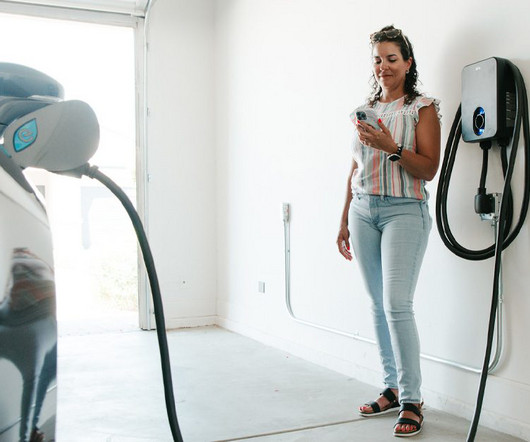Coca-Cola adding 6 eStar electric trucks to North American delivery fleet
Green Car Congress
SEPTEMBER 12, 2011
Beginning in September, six Navistar eStar all-electric, zero-emission trucks ( earlier post ) will be part of Coca-Cola’s growing fleet of alternative fuel vehicles (AFV) in North America; the AFV fleet will surpass 750 units by the end of this year. Atlanta and Miami. and Hartford, Conn., with two trucks in Los Angeles.












Let's personalize your content